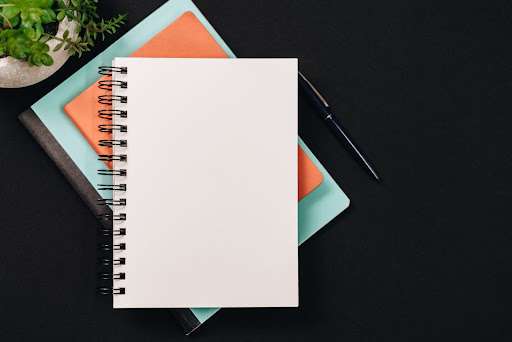After months of hard work, your annual report design, for example, is ready for print. However, there is one more thing of which you need to be aware before actually printing it — your final artwork.
Unless you are an expert in graphic design, you might be unfamiliar with the term.
Final artwork (FA) is a graphic design term that refers to the completed design of everything ready to be either printed or sent to the printing companies for mass printing. In other words, it is the final version of your design approved by the client or art director.
Since an artwork requires a colossal amount of edits, the final artwork indicates the finality of the design.
Some companies either don’t make use of or are unaware of the final artwork, leaving room for the potential for error. Even if you are one of the SMEs in Malaysia, you should utilise FA to transfer your design to print.
Generally, there are 5 elements in the final artwork to which you should pay close attention.
1. Fonts
During the process of crafting your branding portfolio and corporate identity elements, you will have to make decisions for fonts.
The fonts you use might be the readily available ones. But what happens if you have custom fonts?
One major problem with custom fonts is that the printer might not be able to print the exact match.
Problems such as shape distortion and the disappearance of certain lines and edges will occur with custom fonts. This might be attributed to the printer’s inability to recognise fonts that are not already “established”, such as Arial, Times New Roman, etc.
In this case, send the font file to the printing companies or convert your custom fonts into outlines and paths.
You can convert your custom fonts in Adobe Illustrator. However, once the text has been converted to outlines, it will no longer be editable.
The decisions for the typefaces and fonts are yours to make, as every organisation has different styles.
2. Colour Modes
When it comes to the matter of colour in graphic design, it’s all about CMYK and RGB. If you have read our blog article on CMYK and RGB, you will already know that, in this case, CMYK should be your choice
Your final artwork will be on print, and between the aforementioned two colour models, CMYK works better with printing.
Contrary to RGB (red, green & blue), CMYK (cyan, magenta, yellow, & black) corresponds to the 4 major inks in most printers. If the printer processes a file with RGB colour mode, it will resort to an alternative choice of colour.
And often the alternative choice of colour does not match the one in the final artwork.
Since the RGB colour mode is not suitable for print, choose CMYK colour mode for your final artwork.
3. Resolution
Marrybrown is a multinational fast-food chain owned by Malaysians. If you look at their catalogue, it is replete with many visually striking images.
It probably would have gone out of business if the images are all blurry and dull-looking.
So it is with your image resolution in your final artwork. Images with high resolution will lend your brand professionalism and legitimacy.
The resolution simply means the number of pixels in a picture, usually measured by the unit dpi (dots per inch).
For your final artwork, the recommended resolution is 300 dpi. Never goes below 72 dpi, as the images will appear pixelated and blurry.
4. Bleed & Crop Marks
No, it has nothing to do with blood. Bleed, in graphic design lingo, refers to when the elements within a page cross over the margin and extend to the very edge of the paper.
Such is not uncommon.
It most often appears in magazines such as Reader’s Digest Malaysia, Time Magazine, AugustMan, etc. The images, texts, illustrations, and any other elements will go beyond the page and continue from another page.
Such a design elevates the aesthetic value of your artwork.
However, printers will run into certain problems in achieving that aesthetic look. The edges of a page are usually a difficult place to print.
To solve this issue, add a bleed area of about 0.3 cm at the page’s 4 borders.
Remember to also add the crop mark separating the element of the page and the bleed area at the borders. That way, the printers can identify where to cut off the bleed area.
5. File Format
How do you save all the edits? And what file should you send to the printing companies?
When it comes to your final artwork’s file format, you should, in most cases, choose PDF file format. Firstly, the PDF file format is convenient, i.e., it can be read on many different platforms.
Secondly, it is due to the desired output of your final artwork.
Your final artwork will appear on printed materials. Since it will be printed with the CMYK colour scheme by printers, a PDF file format is ideal.
It makes possible the compression of the visual by the printers without losing much accuracy and quality.
JPEG, however, will suffer from data loss during compression, and PNG only supports RGB colour mode.
So don’t use both JPEG and RGB file formats.
Moreover, the native file formats of creative software such as Adobe Illustrator (Ai) and InDesign (INDD) are also good choices. If your final artwork solely contains photos, the TiFF file format will be your best choice.
Before printing your artwork, make sure you have taken into consideration these 5 crucial elements of your final artwork.

